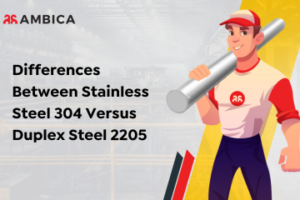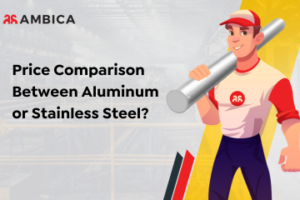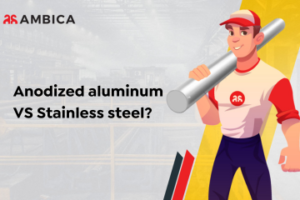Grade SS 304 withstands adverse environmental conditions while Grade SS 316 can sustain under high cryogenic temperature and corrosive actions by chlorides etc. On the other hand Grade SS 317 is brought into the picture against extreme operating conditions of temperature and moisture that demand even higher performance characteristics in comparison with grades like SS 304 and SS 316. Though all these alloys share some similar characteristics but they do have difference in their respective chemical compositions. Now, let us have a glance on their actual chemical composition:
| Grades | Reference Chemistry(%) | |||||||||
| EN | ASTM | C | Si | Mn | P | S | Cr | Mo | Ni | |
| 1.4301 | 304 | Max 0.07 | Max 1 | Max
2 |
Max
0.045 |
Max
0.030 |
17.5-19.5 | _ _
|
8.0-10.5 | Max
0.11 |
| 1.4401 | 316 | Max 0.07 | Max 1 | Max
2 |
Max
0.045 |
Max
0.030 |
16.5-18.5 | 2.0-2.5 | 10.0-13.0 | Max
0.11 |
| 1.4449 | 317 | Max 0.07 | Max 1 | Max
2 |
Max
0.045 |
Max
0.030 |
17.5-19.5 | 3.0-4.0 | 13.0-16.0 | Max
0.11 |
As clearly noticed from the table above that in particular, the amount of metal Chromium, Nickel and Molybdenum varies in them from each other. Molybdenum is added in order to provide resistance against pitting corrosion from chlorides (pH<5), that’s why these grades are being used in chemical, gasoil refinery and marine industry to perform well in acidic environment. Moreover, Nickel add a number of properties to them like better formability, hot working, high strength ,welding ability and sustainability. Hence these elements (Ni, Mo), in turn, also enhances the cost of these grades in accordance with their increasing percentage content. SS 317 is most expensive among them whereas SS 316 is slightly expensive than SS 304.
SS 317 prove to be a good material in heat exchanger manufacture because it resists Galvanic Corrosion between the plates and the frame of the heat exchanger in a far better way than SS 304 and SS 316. The trend in PREN (Pitting Resistance Equivalent Number) values also depicts the same superiority of SS 317 over SS 304 and SS 316. One can easily conclude by reading the table below that SS 317 is nearly 20% and 40% more resistant to pitting corrosion than SS 316 and SS 304 respectively.
|
PREN Value |
ASTM Grade | ||
| SS 304 | SS 316 | SS 317 | |
| 21 | 24 | 29 | |
In nutshell, all the figures reveal this fact that SS 317 justifies its extra cost because of extra longevity as it lasts for a longer time before failing in the same manner that SS 304 and SS 316 fail.
The author is a Sales Engineer with Ambica Steels Limited. In his free time, he likes to write blogs and articles on Materials Science and Engineering, Technology, Steel Industries, Lifestyle and much more.




